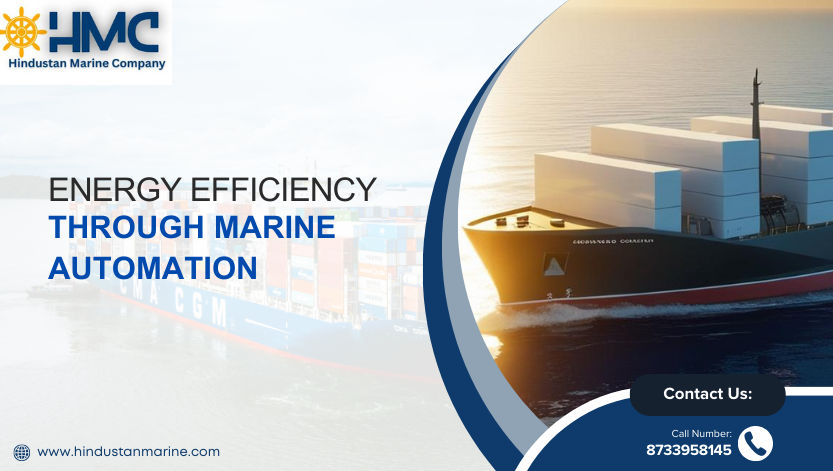
Energy Efficiency Through Marine Automation
For the decision-makers of the maritime industry: Here is a reality for you to anchor into your strategy- energy efficiency is no longer just a ‘good-to-have’ initiative. It is rapidly becoming the cornerstone of the success of operations and sustainability.
Every passing year, shipping fleets transport over 10 billion metric tonnes of cargo, which translates into more than 3% of global greenhouse gas emissions-more than those from aviation.
And even more surprising? 40% of the cargo carried is either fossil fuel or its derivatives.
However, we see an opportunity. The world is changing; the marine sector must also change. That’s where marine energy optimization comes into the picture – the same way we navigate, manage, and power vessels across oceans.
Let’s take it further and break it down.
What’s Fueling the Shift: A Quick Look at Regulations
Environmental concerns, subjected to policy pressures and regulatory mandates, are beginning to overshadow other factors. International organizations are beginning to push for decarbonization, not decades from now, but starting today.
The two major pillars assisting in the transition:
-
Energy Efficiency Design Index (EEDI)
This encourages ships to have futuristic innovative technologies and smart design features in ship design that will focus on emission reduction from the beginning of the design stage.
-
Ship Energy Efficiency Management Plan
Allows ship operators to monitor and manage emissions from their existing fleet with formalized strategies and performance indicators.
These frameworks are designed to cut carbon emissions and help businesses improve efficiency and decrease costs in the long run: a win-win for the environment and for the bottom line.
Marine Energy and the Data-Driven Outlook
At Hindustan Marine Company, we have used recent data analytics tools, such as the Insights Automation Platform (IAP), to evaluate thousands of data sources from around the globe. The conclusion is a better understanding of where marine energy is heading and who is leading it.
The major insights were:
- International Maritime Organization (IMO): The most influential body in marine energy efficiency policies.
- Maersk: Leading corporate transition to decarbonisation — targeting to reduce GHG intensity by 50% by 2030.
- Emerging innovators: From Europe to Japan, companies are pushing boundaries in fuel innovation.
Marine energy is not just about fuel consumption anymore; it is also about developing a smarter, cleaner, and more resilient framework for operations.
What the Industry’s Front-Runners Are Doing Right
From automation to AI, fuel strategies are seeing a new face. Machine learning maximizes routing systems, which then decide the best routes in terms of weather, fuel consumption, and real-time port schedules. Certainly not far off; going live.
Some standout examples include:
| Company | Innovation | Impact |
|---|---|---|
| MOL | Wind-assisted cargo ship | Reduced fuel use via wind support |
| Wallenius | Oceanbird vessel | Aims for 90% emissions cut |
| Zephyr & Borée | Sail-powered ship | Supports ESA missions |
| Maersk | Hybrid propulsion systems | 10–12% fuel savings |
| Carnival Corporation | Waste heat recovery | 5–10% fuel efficiency gains |
When combined with AI-led decision-making, it means the marine industry is primed for a smart energy transition.
What Businesses Need to Do Today?
Let’s get practical. In the marine business, shipping, logistics, port management, or vessel building, here is what you should be thinking about right away:
-
Auditing energy consumption
Establish your baseline. You cannot improve something you cannot measure.
-
Investment in automation and artificial intelligence
Positive routing systems make for excellent design for cargo management, those smarter systems lead to leaner operations.
-
Look beyond fossil fuels.
Hybrid systems, renewables, and external power solutions are getting more viable.
-
Keep in step with IMO and EEDI/SEEMP regulations
Compliance now saves you costly overhauls later.
-
Open Up to Partnerships
Whether it’s with tech providers or government-funded pilots, collaboration is your compass toward innovation.
Final Thoughts
The marine sector has always been the backbone of global trade. Now, it has the potential to be the front-runner in global energy innovation. It’s not just about reducing emissions — it’s about building smarter systems that future-proof your business.
Marine Energy efficiency is a gateway to brand reputation and long-term viability. Hindustan Marine Company is at the helm of this transformation, helping businesses like yours chart a course towards sustainability, with automation, collaboration, and smart data as your crew.
For the past ages, the marine industry has always been the backbone of all global trades. Now it can easily be the pacesetter in global energy innovation. It is not about just cutting emissions, but paving the way using smarter systems that are future-proof your business.
Saving marine energy through automation becomes a portal to operational efficiency, brand reputation, and viability into the future. Hindustan Marine Company is in charge of this transformation, helping your businesses navigate their way toward sustainability with automation, collaboration, and smart data as your crew.
Looking to reduce your energy costs, meet compliance standards, and modernize your fleet?
Visit our website today.

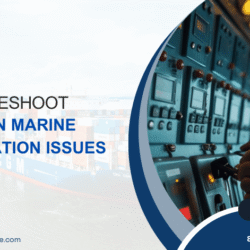
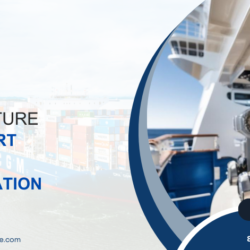
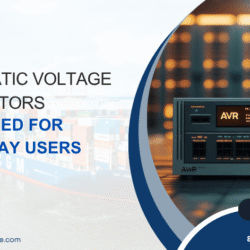
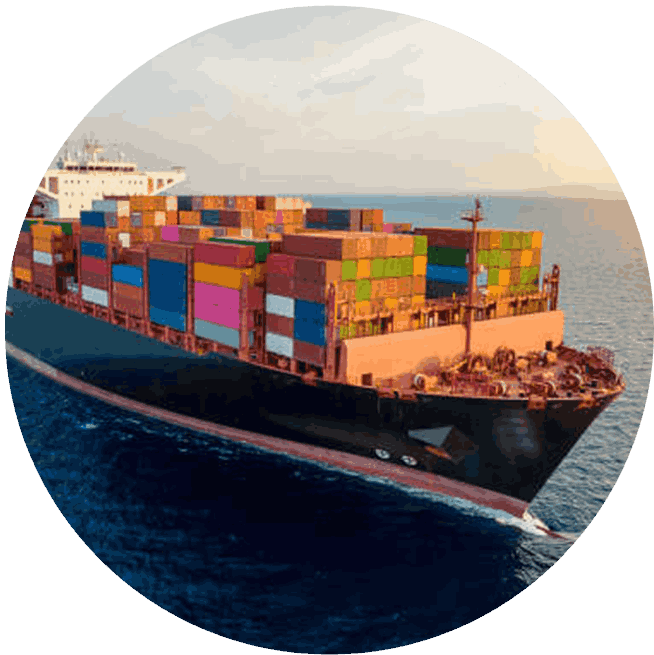
 Fast Delivery
Fast Delivery Easy Returns
Easy Returns Instant Quote
Instant Quote Product Demo
Product Demo